Introduction to the New Orleans Pelicans vs Lakers Match Player Stats
The matchup between the New Orleans Pelicans and the Los Angeles Lakers represents a significant chapter in the unfolding narrative of the current NBA season. Both teams, with distinct trajectories, are navigating a competitive landscape that underscores the importance of every game. The Pelicans, aiming to solidify their position in the playoff race, find themselves facing a Lakers team that is equally driven to reclaim its stature in league discussions. As the season progresses, this clash not only impacts standings but also serves to heighten the rivalry that has developed over the years.
In recent seasons, the Pelicans and Lakers have engaged in several memorable battles, characterized by intense gameplay and high stakes. Historical encounters have often seen star players stepping up, providing thrilling performances that have become part of the franchises’ lore. The Pelicans, led by emerging talents, are keen to showcase their growth by challenging a storied franchise like the Lakers. Meanwhile, the Lakers, with their rich history and championship pedigree, are tasked with the expectation of dominating these pivotal matchups.
As fans eagerly anticipate this contest, the narrative surrounding the players and their performances becomes crucial. Key figures from both teams have previously defined the outcomes of these games, making this matchup particularly intriguing. With playmaking dynamics and individual accolades on the line, the stakes are undeniably high. The analysis of player statistics will unveil how each team’s strategies, strengths, and weaknesses come into play, further enriching the discussion around this highly anticipated game. Ultimately, this matchup is more than just a game; it encapsulates the fierce spirit of competition and the rich history of two NBA franchises striving for excellence.
Key Player Performances
The recent matchup between the New Orleans Pelicans and the Los Angeles Lakers showcased several key players whose performances significantly influenced the game’s dynamics. In this analysis, we will delve into the standout contributions from both teams, highlighting individual statistics such as points, rebounds, assists, steals, and shooting percentages.
For the Pelicans, Zion Williamson emerged as a pivotal figure, recording an impressive 30 points alongside 12 rebounds. His ability to penetrate the defense and finish at the rim was particularly effective, as he shot an astounding 65% from the field. Williamson’s versatility not only helped in scoring but also facilitated the offense by attracting double teams, enabling teammates to find open shots. Additionally, his presence on the boards contributed to the Pelicans’ advantage in rebounding, allowing them more second-chance opportunities.
On the defensive end, Herb Jones stood out with his tenacious play, registering three steals. His defensive prowess was crucial in disrupting the Lakers’ rhythm, providing his team with the necessary edge in crucial moments. Jones’s ability to guard multiple positions showcased his value, making him a vital asset to the Pelicans’ overall strategy.
Shifting to the Lakers, LeBron James delivered a masterful performance, scoring 28 points while adding seven assists and nine rebounds. His leadership was evident as he orchestrated the offense, facilitating plays and ensuring that the team maintained its flow. However, LeBron’s impact went beyond his scoring, as he also demonstrated an ability to elevate his teammates’ performances, allowing the Lakers to adapt and counter the Pelicans’ defensive schemes effectively.
Moreover, Anthony Davis contributed significantly with a double-double, accumulating 22 points and 11 rebounds. His defensive capabilities were highlighted by three blocked shots, positioning him as a formidable force in the paint. Together, these performances underline the critical roles played by both teams’ star players, emphasizing their influence on the game’s outcome and their respective teams’ current form.
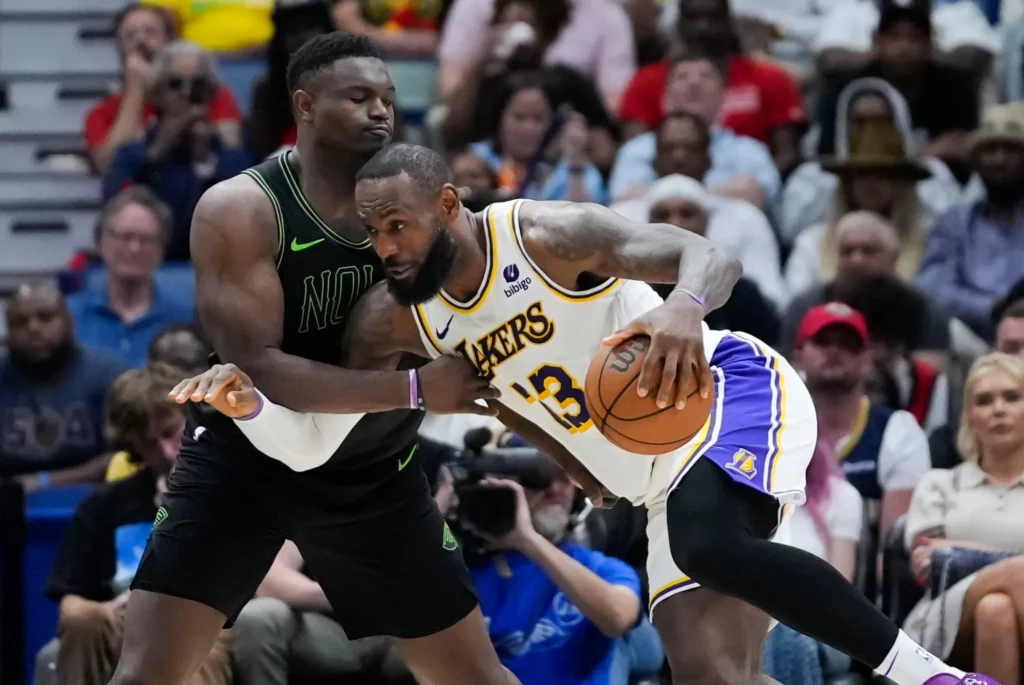
Comparative Team Stats
In analyzing the recent matchup between the New Orleans Pelicans and the Los Angeles Lakers, a comprehensive overview of key team statistics is essential to understanding the performance of both teams. The total points scored during the game highlighted the effectiveness and efficiency of each team’s offensive strategy. The Pelicans recorded a total of 110 points, while the Lakers managed to secure 102 points. This disparity suggests that the Pelicans had a slight edge in converting their opportunities into points.
Field goal percentage serves as another critical indicator of each team’s accuracy in shooting. The Pelicans achieved a field goal percentage of 47%, compared to the Lakers, who had a percentage of 43%. The Pelicans’ superior shooting performance can be attributed to their consistent ball movement and player spacing, allowing them to find better scoring angles. This efficiency is crucial in high-stakes games where every shot counts.
Turnovers represent a different facet of team performance, directly impacting possession and scoring chances. In this match, the Pelicans committed 12 turnovers, while the Lakers struggled with 15. The difference in turnovers reflects the Pelicans’ disciplined approach and ability to maintain possession under pressure. This aspect of their performance may indicate a stronger emphasis on ball security moving forward in future matchups.
Rebounds also play a pivotal role in determining the outcome of games. The Pelicans secured 45 rebounds against the Lakers’ 38, thus showcasing their physicality and commitment on the boards. This advantage in rebounding allowed the Pelicans to create additional scoring opportunities and limit the Lakers’ second-chance points.
In conclusion, the comparative analysis of these statistics reveals key strengths and weaknesses for both teams. The Pelicans exhibited higher offensive efficiency and superior control over possessions, which likely contributes to their success in this matchup and offers insights into their strategies for upcoming games against the Lakers.
Conclusion and Future Implications
The New Orleans Pelicans versus Los Angeles Lakers matchup provided significant insights into player performances and overall team strategies. Analyzing individual player statistics revealed notable trends that could impact the remainder of the season for both teams. The Pelicans showcased a solid offensive performance, particularly through their star players, whose scoring contributions were pivotal. Their ability to maintain pressure and capitalize on defensive lapses of the Lakers highlighted areas where adjustments may be necessary for the latter as the season progresses.
On the other hand, the Lakers displayed vulnerabilities that are worth noting. Key players struggled to find rhythm, which raises questions about potential shifts in play style and player roles. As the playoffs draw closer, the importance of finding a cohesive strategy will be crucial for the Lakers to enhance their chances of advancing. It is evident that every match has the potential to adjust playoff seeding, making performance consistency a top priority.
Both teams are now faced with upcoming challenges, such as injuries and varying strengths of schedule. The Pelicans will need to maintain their current momentum while also integrating new strategies to keep opponents guessing. Conversely, the Lakers must respond effectively to their recent performance issues to regain their competitive edge. The potential changes in strategy may involve greater emphasis on defense for the Lakers or an adjustment in rotation for the Pelicans to maximize their talent depth.
Looking ahead, fans and analysts alike should keep an eye on key player developments and upcoming matchups which may shift the dynamics of both teams. This analysis serves as a reminder of the unpredictable nature of the season, where every game can reshape playoff landscapes and development trajectories. As the battle for playoff positioning intensifies, the performances observed in this encounter will play a vital role in shaping the path forward for both franchises.
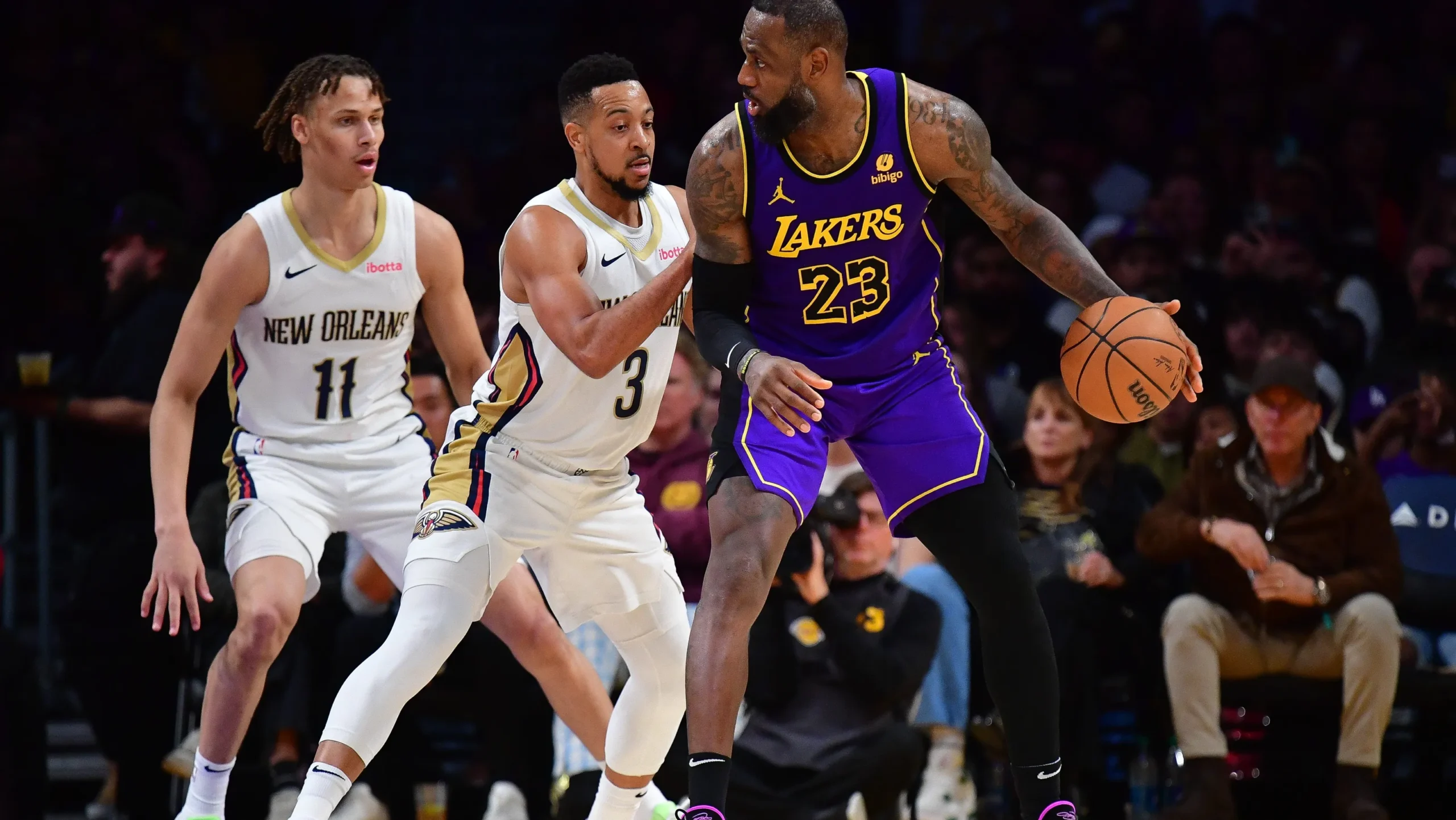

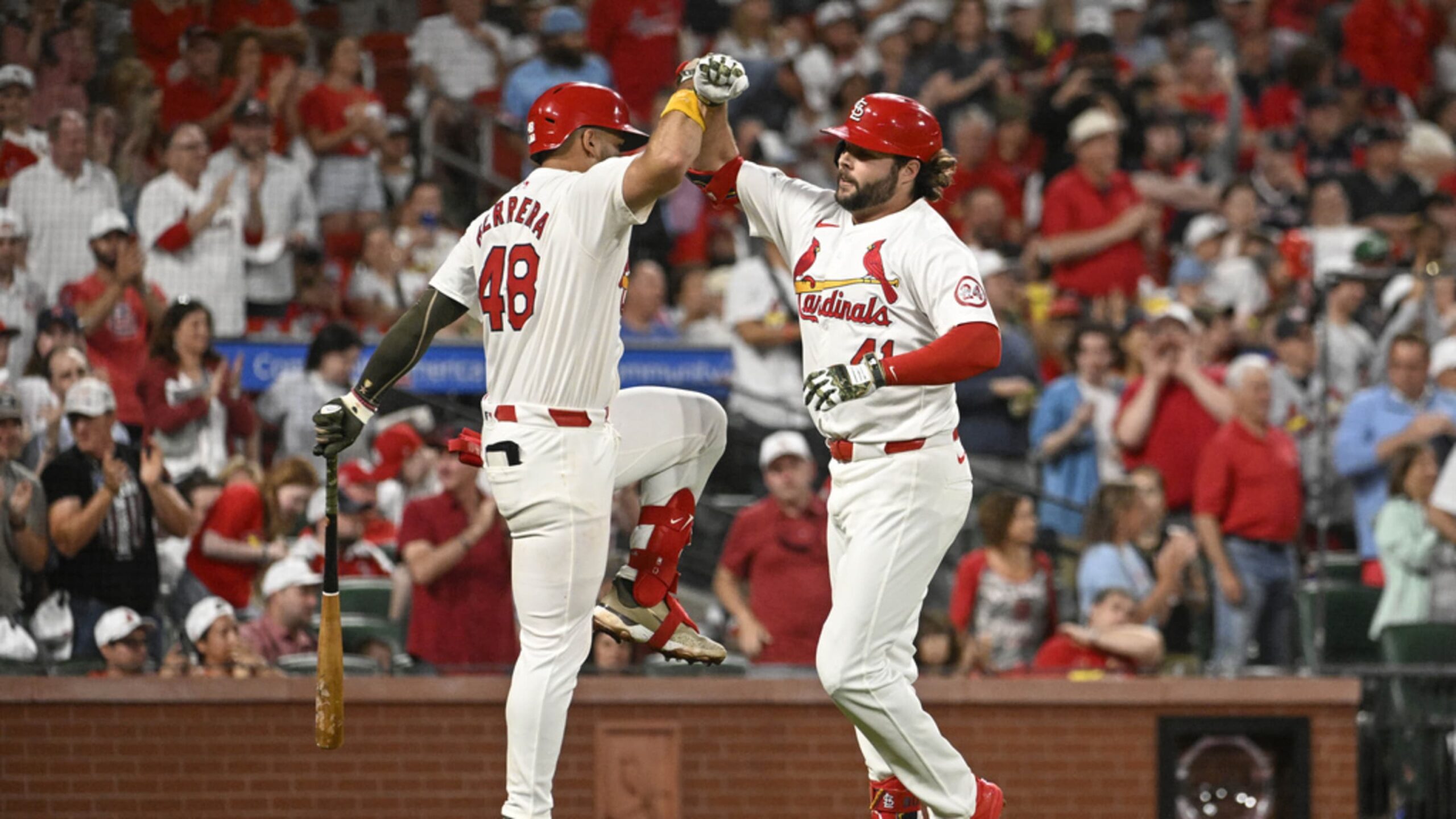
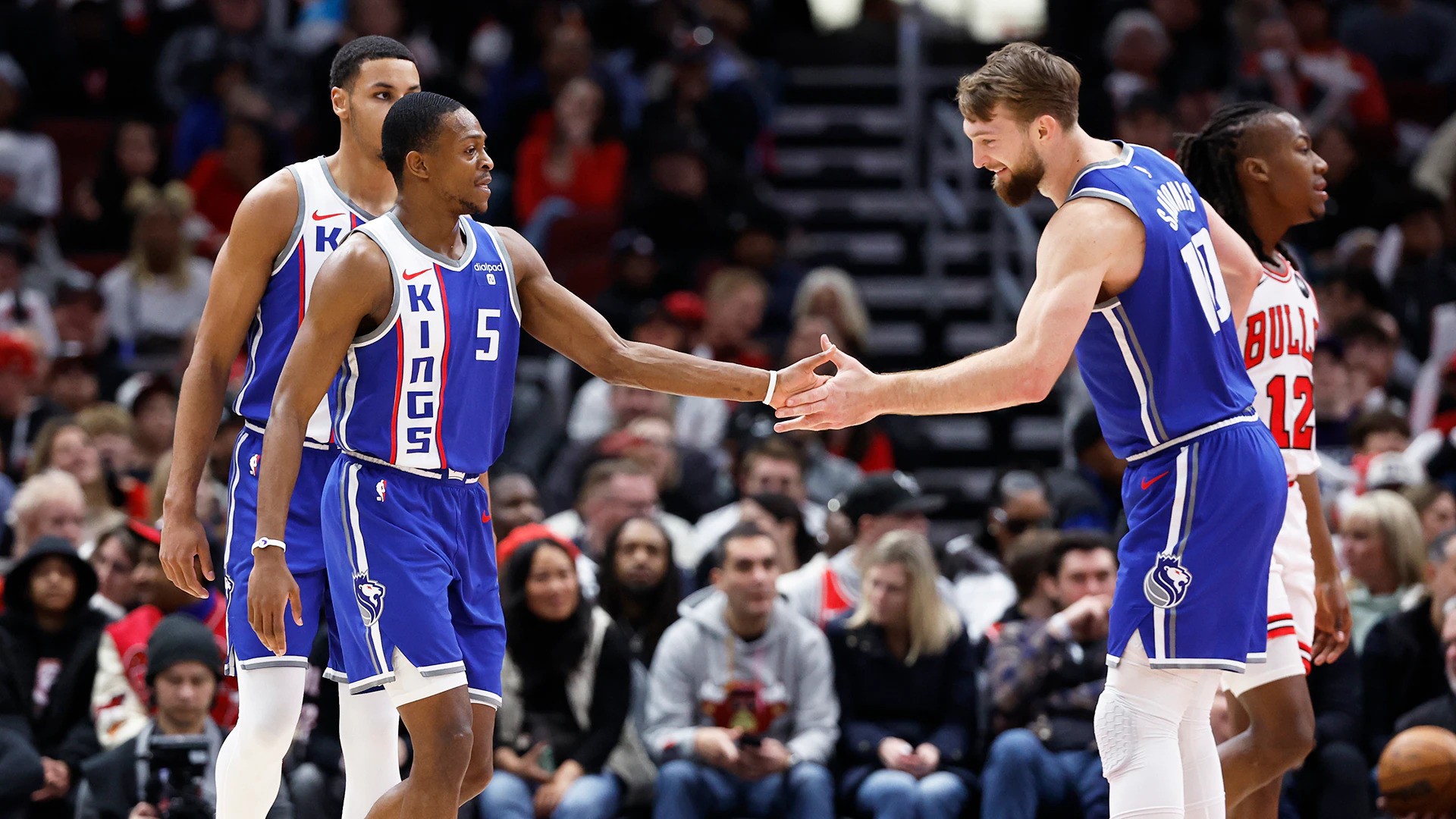
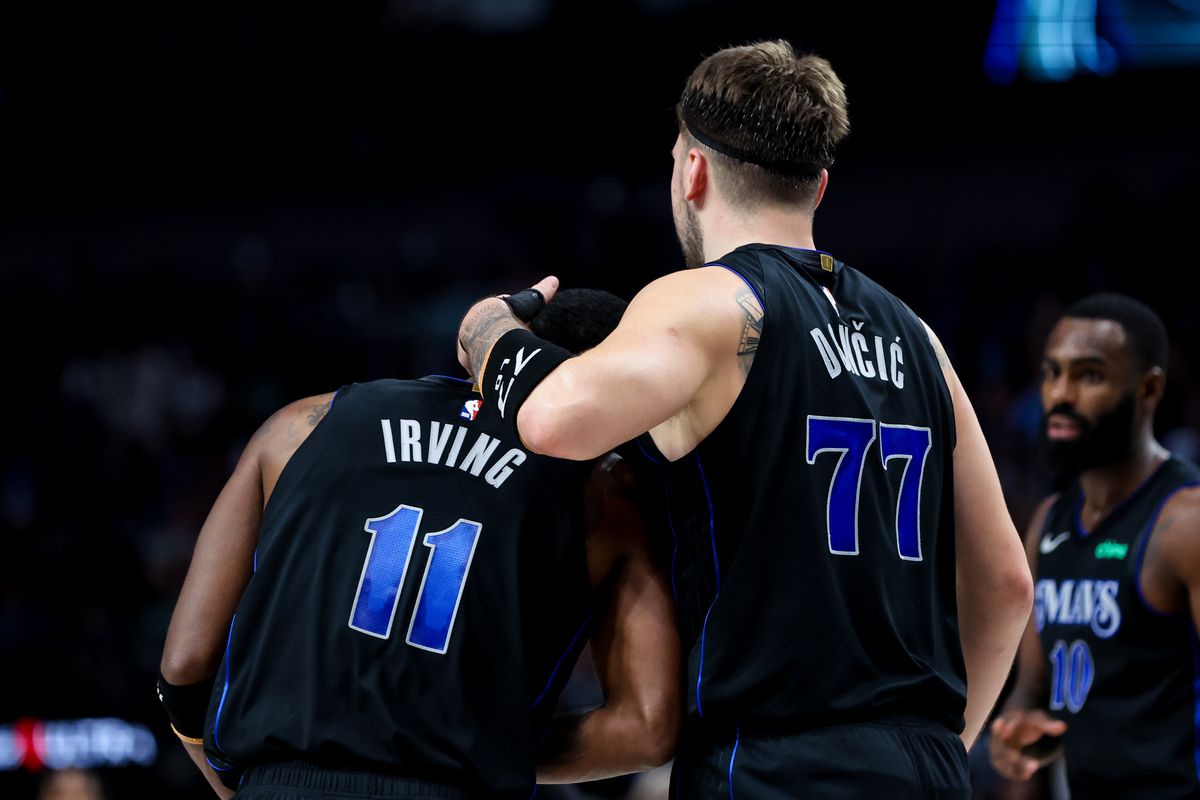
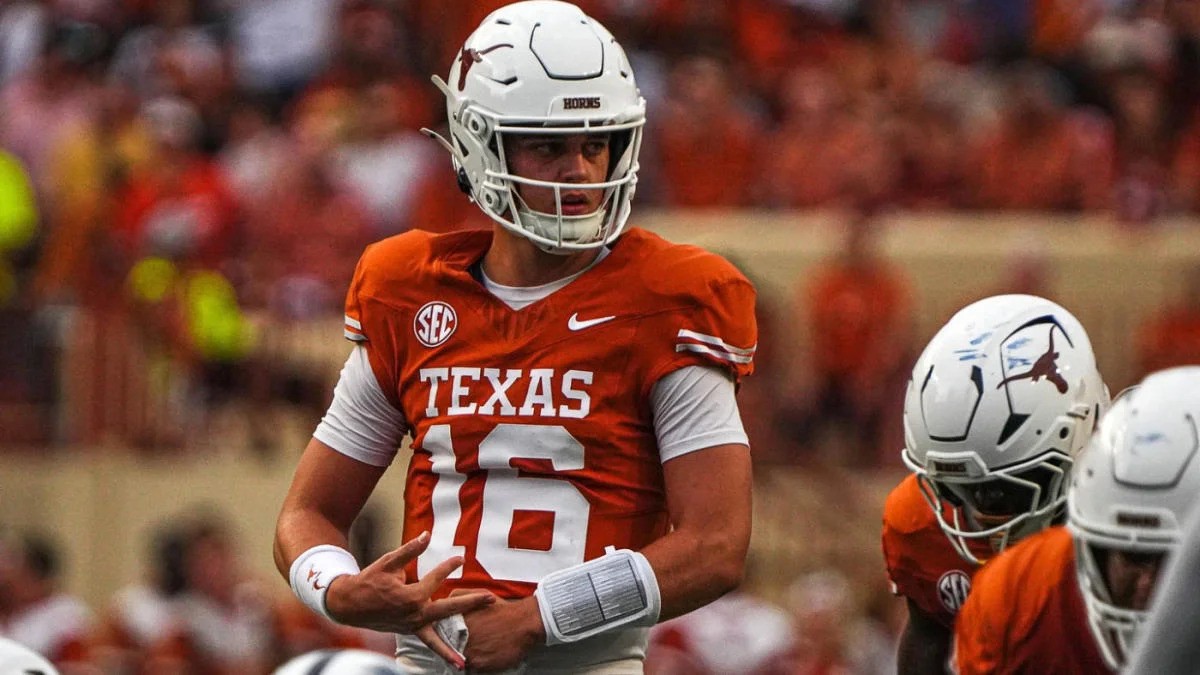

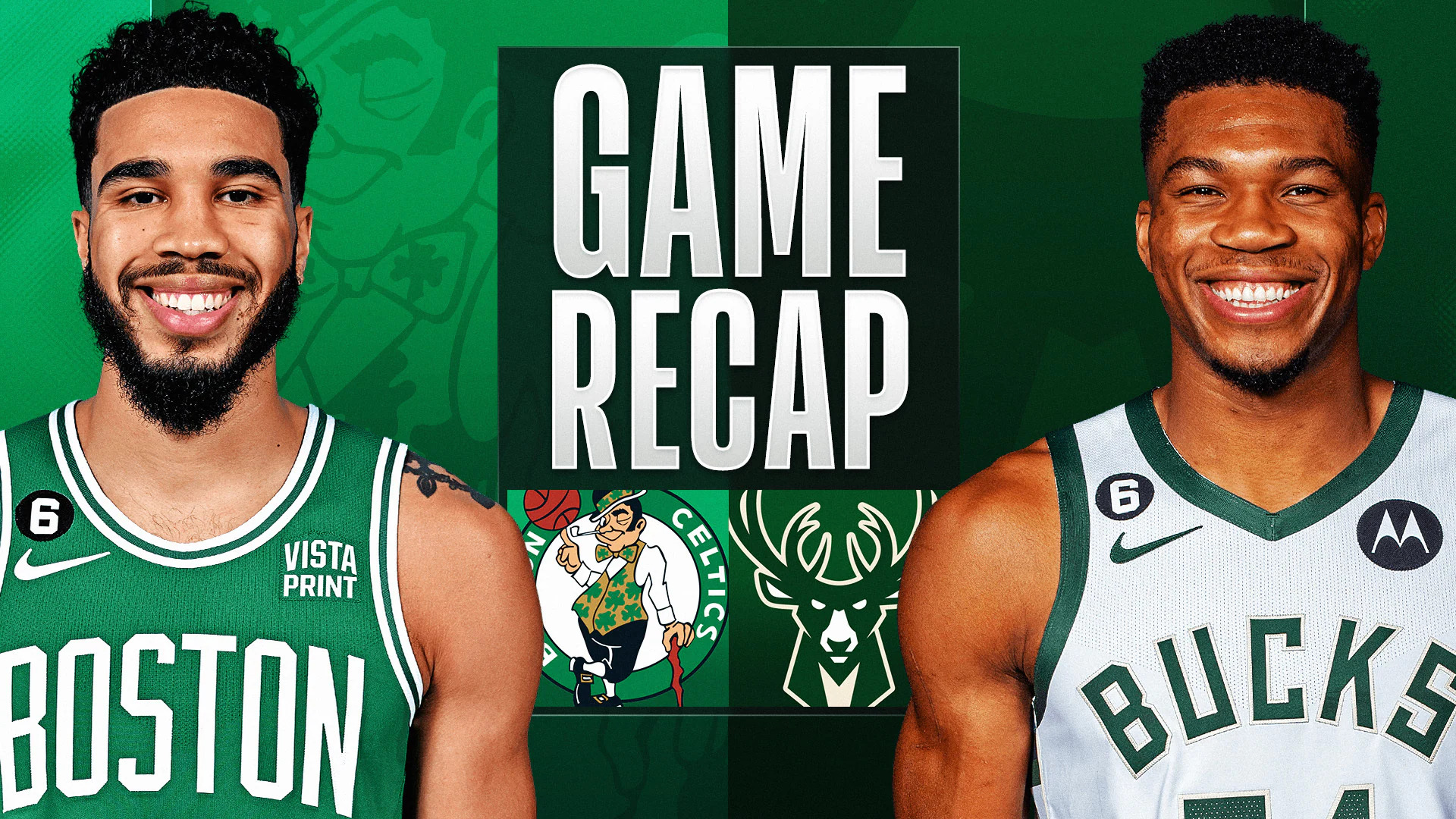
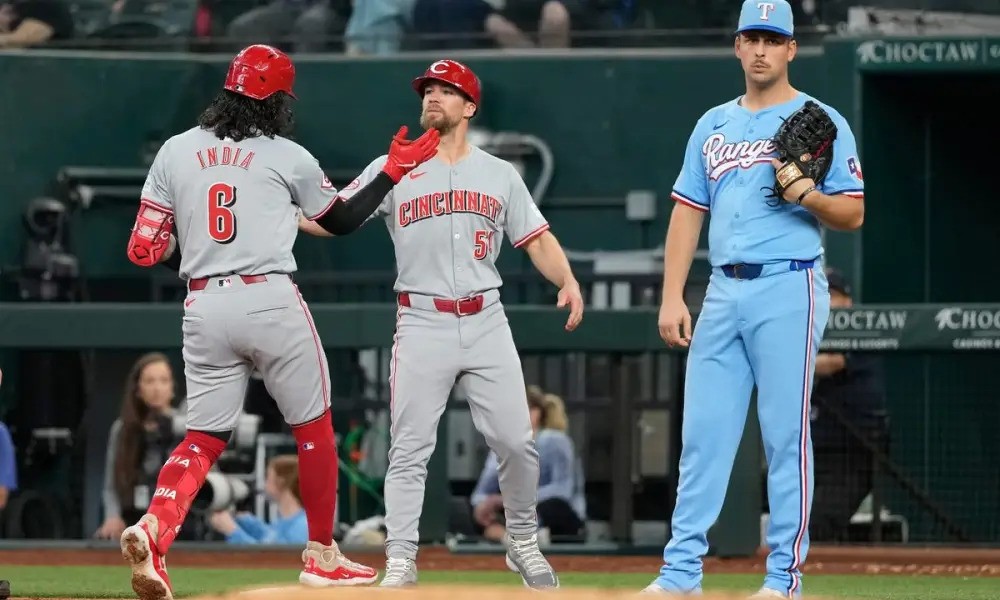
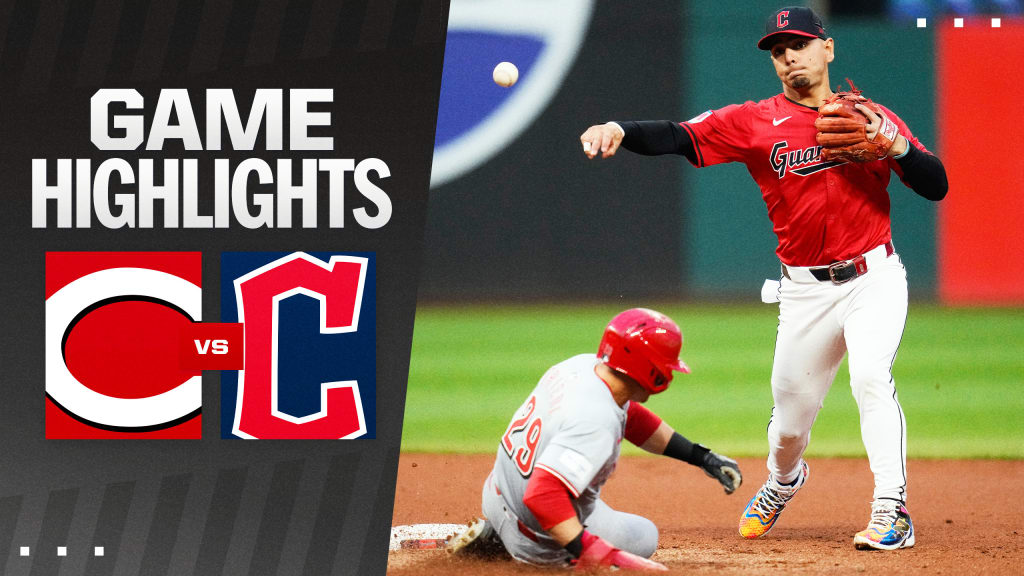
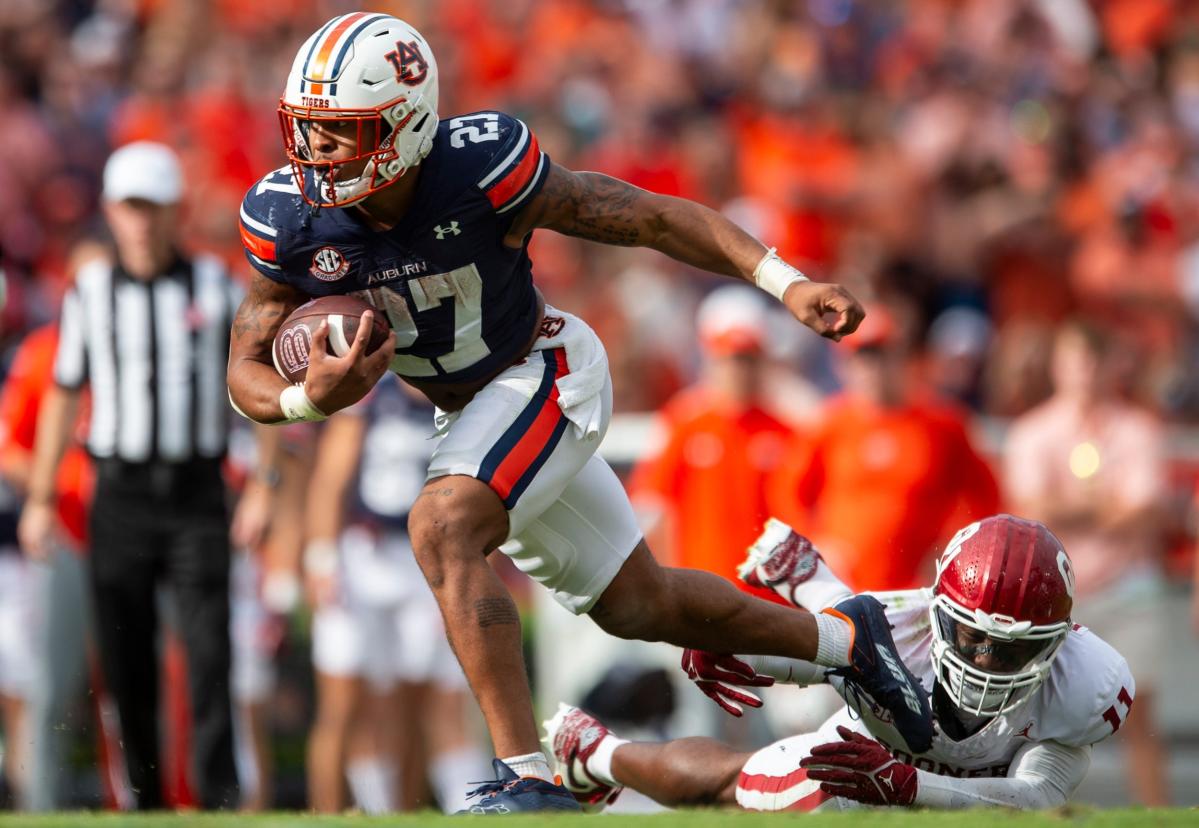



Leave a Reply